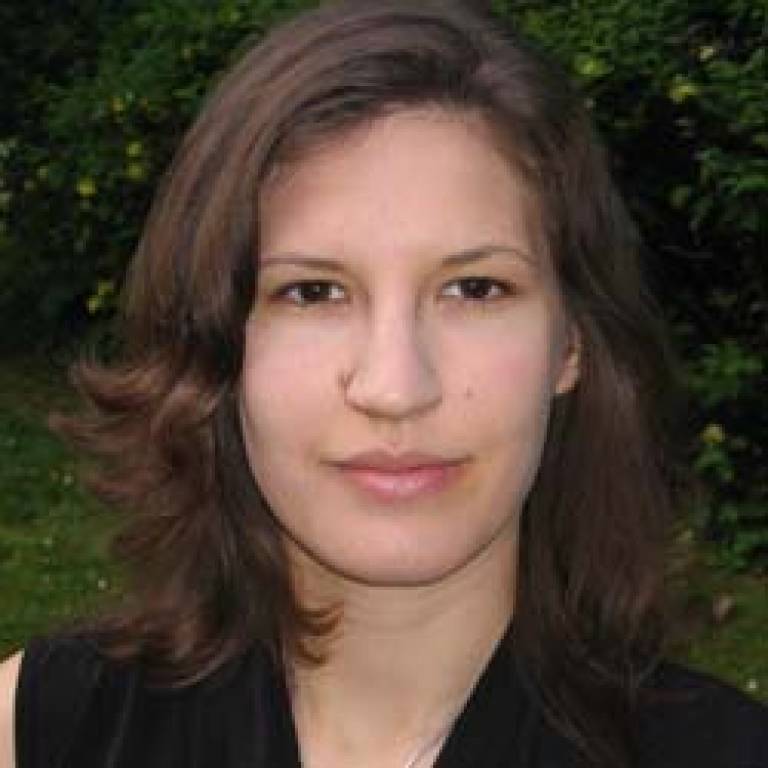UCL students to investigate British earthquake
28 February 2008
Links:
 cege.ucl.ac.uk/Pages/default.aspx" target="_self">UCL Civil & Environmental Engineering
cege.ucl.ac.uk/Pages/default.aspx" target="_self">UCL Civil & Environmental Engineering
This week saw the UK's largest earthquake in 24 years. The quake, measuring 5.2 on the Richter scale, had its epicentre in Market Rasen, Lincolnshire, with tremors felt as far away as London.
Britain is fortunate that seismic events here are not a common occurrence, but 5.2 is a relatively powerful earthquake, and yet the damage caused appears to be minimal. A major reason for this is UK building regulation, which enables most structures to survive moderate shakes.
The UCL Earthquake & People Interaction Centre (EPICentre), headed by Dr Tiziana Rossetto, UCL Civil & Environmental Engineering, conducts research into building and planning techniques that can prevent loss of life in earthquakes. Tomorrow, students from the centre will travel to Market Rasen to examine the extent of structural damage caused by the recent earthquake, and to analyse the structures that withstood or failed to withstand the vibrations.
By contrast, the 2003 earthquake in Bam is highlighted at an EPICentre seminar this evening, in which Amin Erfanian Daneshvar, a student on the MSc in Earthquake Engineering with Disaster Management, will discuss the relief operation of the international Red Crescent. More than 26,000 people were killed in the disaster, and its survivors have had to rebuild their once-magnificent city. Amin Erfanian Daneshvar, who used to work for the International Federation of Red Cross and Red Crescent Societies, will report on the impressive progress made in Bam, including the opening of nine schools and an urban health centre.
The seminar takes place at 5.30pm in the Malet Place Engineering Building, room 1.03.
To find out more, follow the links at the top of this item.
Image: Dr Tiziana Rossetto
 Close
Close

